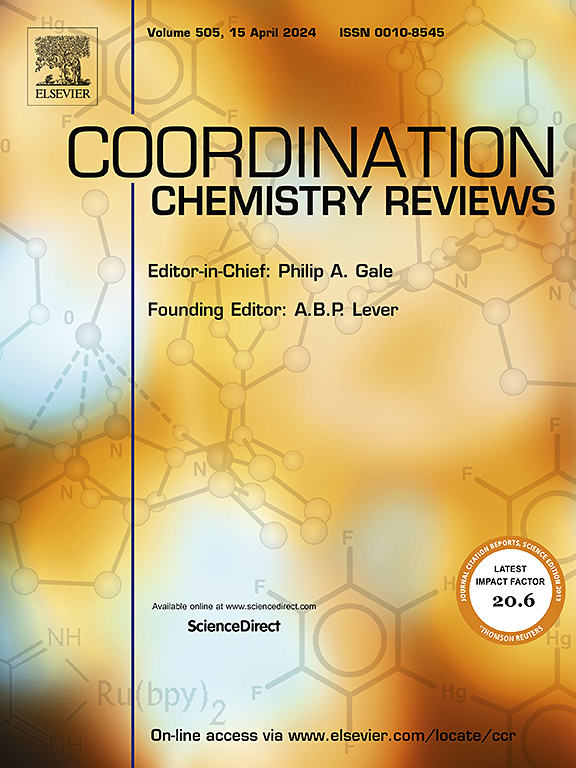Reevaluating feature importance in gas–solid interaction predictions: A call for robust statistical methods
IF 20.3
1区 化学
Q1 CHEMISTRY, INORGANIC & NUCLEAR
引用次数: 0
Abstract
Liu et al. conducted an insightful investigation into feature importance analysis for predicting CH4 adsorption isotherms in metal–organic frameworks (MOFs), revealing key geometric features that influence model predictions. While their use of advanced machine learning techniques, including neural networks and extra tree regression (ETR), achieved notable accuracy, concerns arise regarding the model-specific biases in feature importance metrics. This paper critically evaluates these metrics, highlighting the risks of misinterpretation due to the lack of ground truth validation. We advocate for the adoption of bias-free statistical methods, such as Spearman's rank correlation and Kendall's tau, which offer a more reliable framework for assessing feature importance. Implementing these approaches could enhance the understanding of gas–solid interactions and improve the reliability of machine learning applications in this domain.
求助全文
约1分钟内获得全文
求助全文
来源期刊

Coordination Chemistry Reviews
化学-无机化学与核化学
CiteScore
34.30
自引率
5.30%
发文量
457
审稿时长
54 days
期刊介绍:
Coordination Chemistry Reviews offers rapid publication of review articles on current and significant topics in coordination chemistry, encompassing organometallic, supramolecular, theoretical, and bioinorganic chemistry. It also covers catalysis, materials chemistry, and metal-organic frameworks from a coordination chemistry perspective. Reviews summarize recent developments or discuss specific techniques, welcoming contributions from both established and emerging researchers.
The journal releases special issues on timely subjects, including those featuring contributions from specific regions or conferences. Occasional full-length book articles are also featured. Additionally, special volumes cover annual reviews of main group chemistry, transition metal group chemistry, and organometallic chemistry. These comprehensive reviews are vital resources for those engaged in coordination chemistry, further establishing Coordination Chemistry Reviews as a hub for insightful surveys in inorganic and physical inorganic chemistry.
 求助内容:
求助内容: 应助结果提醒方式:
应助结果提醒方式:


